HOW TO CAPTURE SQIBB PHOTOGRAPHY
Over the past few weeks, I have been putting a lot of effort into creating studio-quality lighting in my photography. After practicing a few different techniques, I was introduced to the photography style “SQIBB” or Studio Quality Invisible Black Background. SQIBB refers to a photography style where you imitate a studio-quality black background with the way you are controlling the light. SQIBB photography can create an invisible black background behind your subject even if it were captured in a bright environment.
One of my favorite SQIBB photos that I was able to capture I titled Quarantine. In order to capture this SQIBB shot, I had my subject stand in front of a Speedlight to create only a faint white outline while maintaining a black background. The subject’s facemask reflected some of the light in the room and made it more visible in the photo. With a low ISO and a narrow aperture, I was able to get a studio-quality invisible black background behind my subject. The process was very simple and I am super happy with how my SQIBB shots turned out.
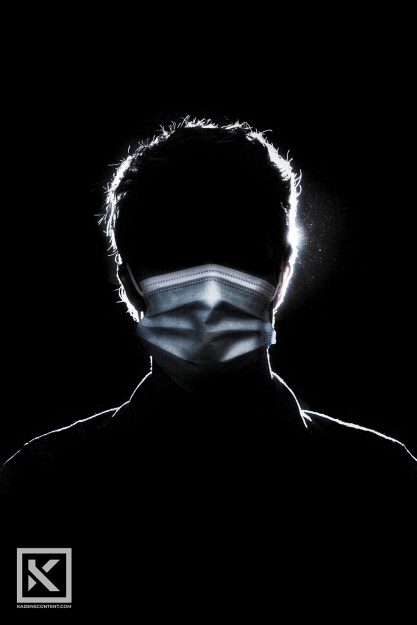
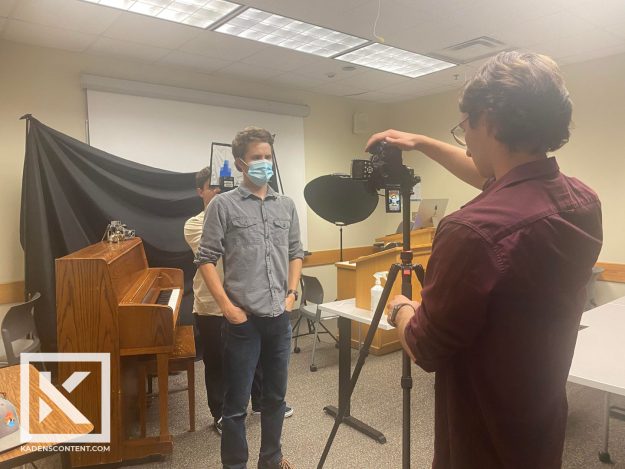
STUDIO QUALITY INVISIBLE BLACK BACKGROUND
SQIBB photography is very simple, but it depends a lot on your camera settings and equipment. Something that you are going to need in order to capture your own SQIBB shot is a speed light. This, balanced with your camera settings, is what it takes to capture the studio-quality invisible black background.
When it comes to your camera’s ISO settings, you will want to set them as low as you can (ie ISO 50, ISO 100). In order to capture a studio quality invisible black background, you want to limit the amount of light that your camera is picking up. To better control this, you will need to use a speedlight. This will give you better control of what will be illuminated in your shot.
The shutter speed you use will depend of the sync speed of your speedlight. Too slow will result in too much light. Too fast will keep any light from being able to reach your camera’s sensor. Once you have your shutter speed and ISO set, you will need to dial in your aperture. Finding that balance is going to determine how much of an invisible black background will show up in the photo. By balancing your settings correctly, you will be able to capture a SQIBB: studio quality invisible black background shot no matter the setting.
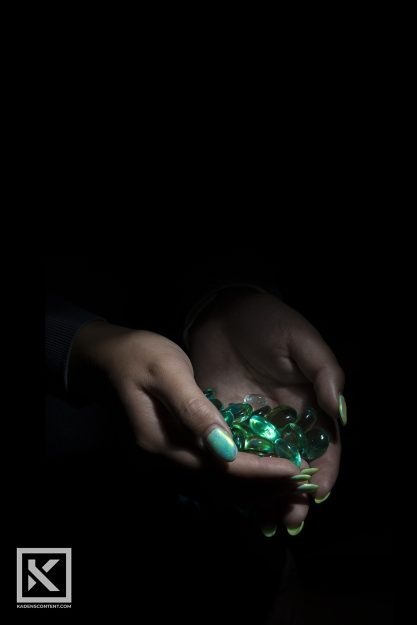
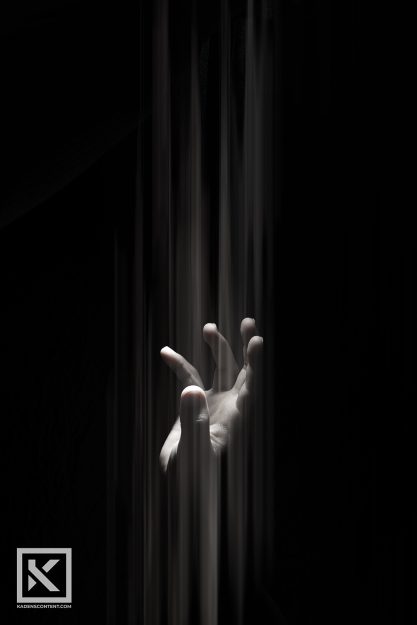
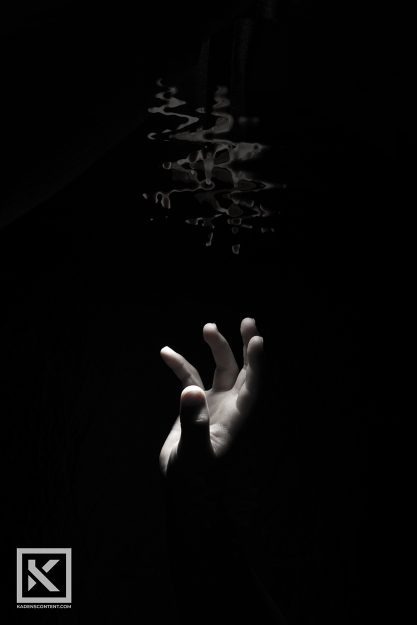
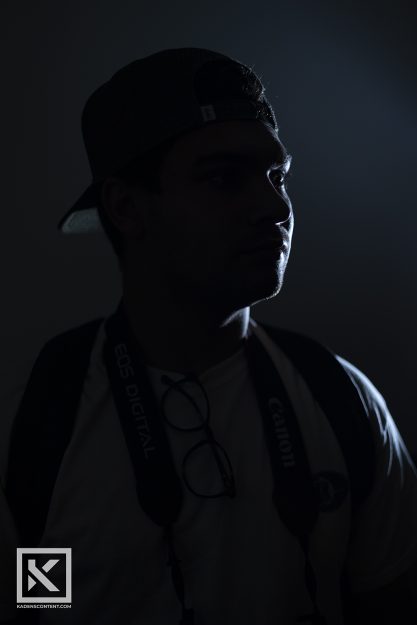
If you are interested in learning more about SQIBB, find some more work done by Meghan here.


Wow Kaden, this was amazing! I really love your photos in this post. I also enjoyed learning about how you master the technique of creating an invisible black background with flash.